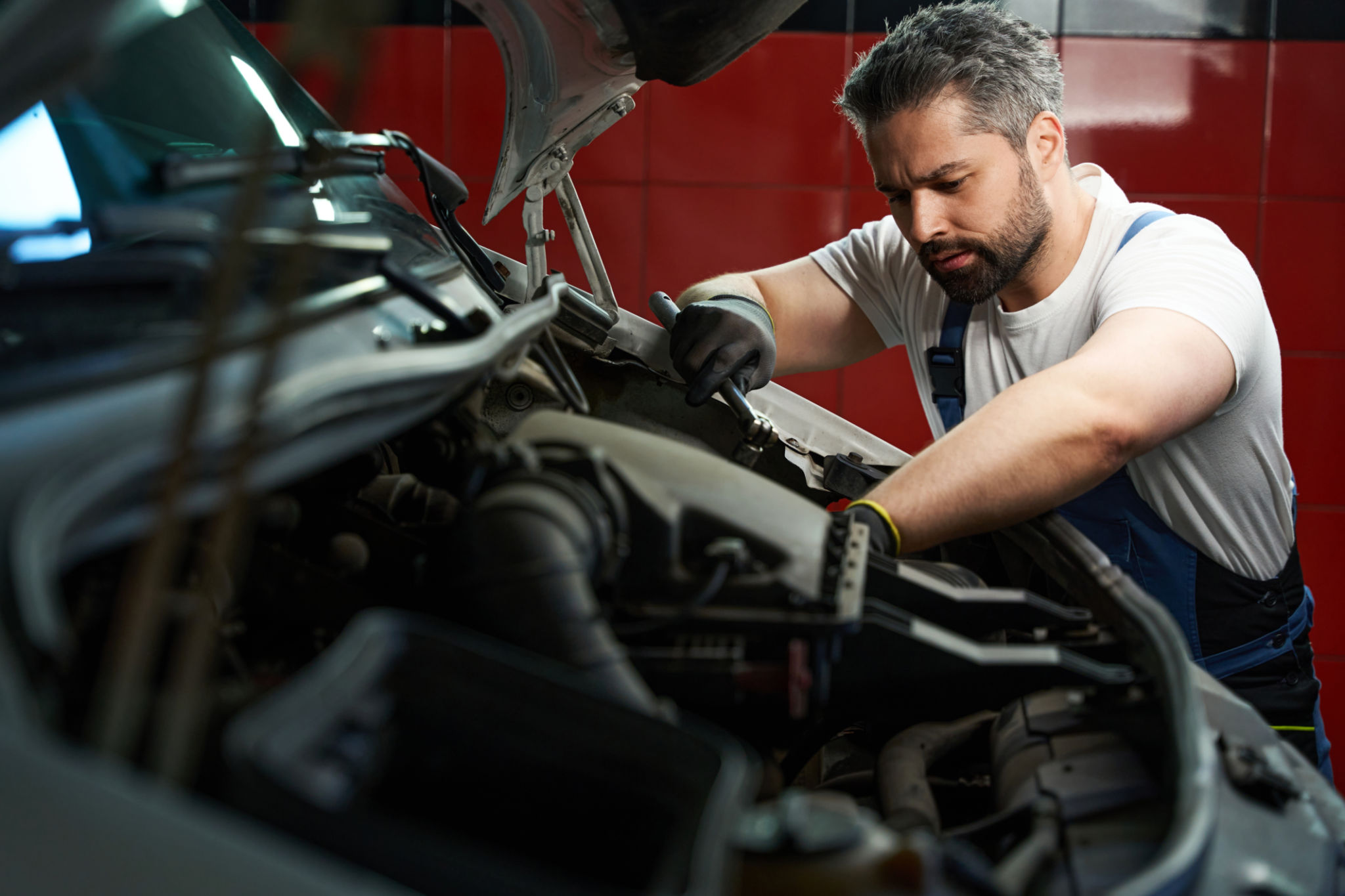Expert Auto Damage Assessment: How to Evaluate Your Vehicle After an Accident
Understanding the Importance of Auto Damage Assessment
After experiencing a car accident, it’s crucial to conduct a thorough auto damage assessment. This process helps you understand the extent of the damage, estimate repair costs, and prepare for any insurance claims. By taking the time to evaluate your vehicle properly, you ensure that no hidden issues are overlooked, which could lead to more significant problems later on.
An accurate assessment can also provide peace of mind, knowing that your car is safe to drive post-repair. It’s always recommended to consult with a professional for a detailed evaluation, but understanding the basics can empower you to make informed decisions.

Initial Visual Inspection
The first step in damage assessment is conducting a visual inspection of your vehicle. Start by examining the exterior for visible damage such as dents, scratches, or broken parts. Pay special attention to the front and rear bumpers, as these areas are often impacted in collisions.
Don’t forget to check the undercarriage for any signs of damage. Look for fluid leaks or unusual wear on the tires, which could indicate alignment issues. If you notice anything unusual, make a note of it, as it will be valuable information for your insurance claim and repair estimates.
Interior Checks
After examining the exterior, move on to the interior. Check for any signs of damage to the dashboard, airbags, and seatbelts. Ensure that all safety features are intact and functioning correctly. Pay attention to any new sounds or vibrations when you start the vehicle, as these could indicate underlying issues.

Documenting Damage
Documenting the damage is a critical step in the assessment process. Take clear photographs of all affected areas from multiple angles. This visual evidence will be crucial when dealing with insurance companies or repair shops. Additionally, write down any symptoms or concerns you notice during your inspection.
Keeping detailed records helps ensure transparency and accuracy when discussing repairs or negotiating settlements. It also serves as a reference point if you need to revisit any issues in the future.
Consulting with Professionals
While a personal assessment is beneficial, consulting with a professional auto damage assessor is highly recommended. These experts have specialized tools and knowledge to identify issues that may not be visible to the untrained eye. They can provide a comprehensive report detailing the extent of the damage and recommended repairs.

Understanding Insurance Claims
Filing an insurance claim can be a daunting process, but understanding how it works can ease some of the stress. After assessing your vehicle, contact your insurance provider to report the accident and provide them with your documentation and photographs.
Your insurer will likely send an adjuster to evaluate the damage and determine coverage. Be prepared to discuss your findings and any professional assessments you’ve obtained. Ensuring that all information is clear and accurate will help streamline the claims process.
Estimating Repair Costs
Once you have completed your assessment, it’s time to estimate repair costs. Obtain quotes from several reputable repair shops and compare them to ensure fair pricing. Consider factors such as parts quality, labor rates, and warranty options when making your decision.

Ultimately, taking these steps will help you navigate the aftermath of an accident with confidence. By understanding how to evaluate your vehicle effectively, you can ensure that it is restored to its pre-accident condition and safe for the road once again.